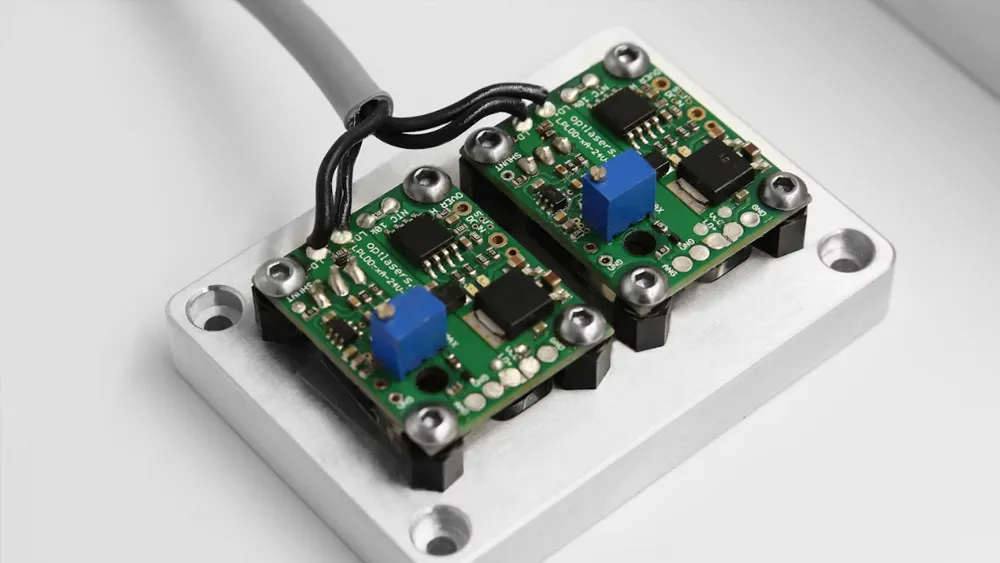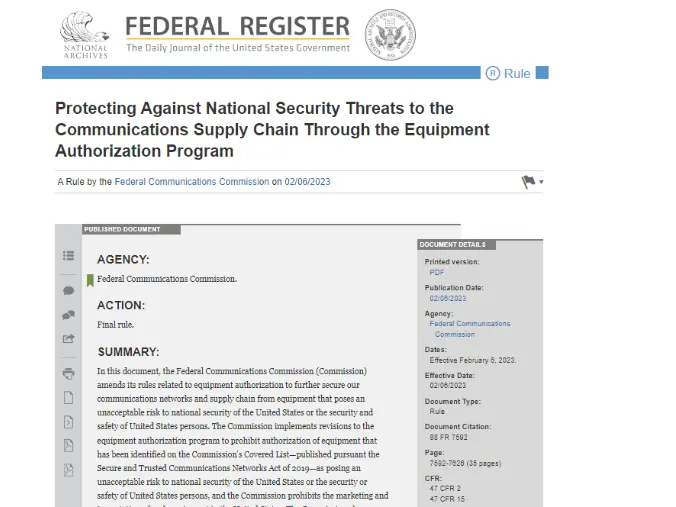
EU CE-LVD/EMC/RED Requirements for Electronic Products
When selling products on TEMU, you must ensure that your goods comply with all applicable laws, regULations, and TEMU policies. To help you understand relevant compliance requirements, we have listed some important reference materials below. Please note these are not exhaustive examples. If you have any questions, it is strongly recommended to consult your legal advisor.
For non-compliant products, TEMU reserves the right to take a series of actions, including but not limited to:
1. Responding to regulatory authorities’ requests
2. Issuing risk alerts to buyers
3. Removing products from the platform
4. Notifying buyers or other relevant parties to destroy/return products

Physical Labeling Requirements for Electrical Products
EU electrical product labeling may include (but is not limited to):
1. Production batch number
2. Manufacturer name and address
3. ce marking
4. EU representative (EU Rep) information
5. WEEE recycling symbol
6. Energy efficiency label
7. Triman logo
8. French reparability index label
Key Compliance Points and Case Studies for Electrical Products
(A) Compliance Highlights
1. Mandatory content on product labels
① CE-EMC (Electric): product model, manufacturer name, manufacturer address, CE logo (product name optional)
② CE-LVD: same as above, plus voltage information
③ CE-RED (Electric): same as above, plus frequency band information (must appear in at least one place: product name, product images, SKU pictures, or carousel images, especially for walkie-talkies)
④ CE-RoHS: same as above
⑤ EU Energy Label: same as above, plus energy efficiency label
2. Labeling and photography requirements
① Text labels must be photographed clearly in real environments — no Photoshop or forgery allowed
② Labels must be affixed or printed directly on the product or packaging
③ No handwritten, altered, or repeated labels allowed
(B) Qualification Documents
① CE-EMC (Electric):Certificate and test report required; must comply with Directive 2014/30/EU. Documents must be official (no “draft” or watermarks).
② CE-LVD:Certificate and test report required; must comply with Directive 2014/35/EU.
③ CE-RED (Electric):Certificate and test report required; must comply with Directive 2014/53/EU and include test standards for:
a. Health and Safety (Article 3.1a)
b. EMC (Article 3.1b)
c. Radio Aspects (Article 3.2)
④ CE-RoHS:Test report required; must include all 10 restricted substances (Pb, Hg, Cd, Cr6+, PBDEs, PBBs, DBP, BBP, DIBP, DEHP).
⑤ EU Energy Label:Must provide applicable energy efficiency label.
(C) Information Consistency
1. The product in real-life images must match the SKU product images.
CE-ROHS Test sample images must exactly match real-life images.
2. Information in qualification documents must match product images (e.g., product name, model, manufacturer).
3. Shipped products must match the real-life product shown in images and labels.
4. Certificates and test reports must have consistent shared information (e.g., product name, model, test report number, test standards, manufacturer).
Relevant EU Regulations and Directives
1. EU lvd directive (Directive 2014/35/EU)
① Covers electrical equipment within specific voltage ranges (AC 50–1000V, DC 75–1500V).
② Ensures a high level of health and safety for people, animals, and property.
③ Excludes certain devices listed in Annex II.
2. EU EMC Directive (Directive 2014/30/EU)
① Ensures equipment can operate in its electromagnetic environment without interference.
② Applies to devices (“apparatus”) and fixed installations.
③ Excludes: non-electronic equipment, products under RED, aircraft, amateur radio devices, and devices already covered under other legislation.
3. eu red directive (Directive 2014/53/EU)
① Regulates safety, electromagnetic compatibility, and spectrum use of radio equipment.
② Covers almost all devices using radio spectrum (e.g., mobile phones, transmitters, gate openers).
③ Excludes devices listed in Annex I.
Manufacturer Responsibilities
Manufacturers play a key rolein ensuring product safety in the European EconoMIC Area (EEA). They are responsible for:
1. Performing conformity assessment
2. Preparing technical documentation
3. Issuing EU Declaration of Conformity
4. Affixing the CE marking
Six Steps to Affix CE Marking:
1. Identify applicable directives/regulations and harmonized standards
2. Verify specific product requirements
3. Confirm whether third-party conformity assessment is required (by a Notified Body)
4. Test the product and verify compliance
5. Compile and keep technical documentation
6. Affix the CE marking and issue Declaration of Conformity
⚠️ CE marking cannot be affixed to products not covered by EU directives.
⚠️ Higher-risk products require third-party evaluation by a Notified Body before CE marking.
CE certification Process for Electrical & Electronic Products
1. Submit application form
2. Provide product samples
3. Arrange testing
4. Receive draft report after passing tests
5. Confirm and issue final documents
CE Certification Timeline
Typically 1–2 weeks after sample submission
Email:hello@jjrlab.com
Write your message here and send it to us
 What are ASTM F963 and CPSIA?
What are ASTM F963 and CPSIA?
 Comparison of ASTM F963 and EN 71
Comparison of ASTM F963 and EN 71
 How to get CSA C22.2 NO.256:14 Test Report?
How to get CSA C22.2 NO.256:14 Test Report?
 How much is the ISTA Amazon Packaging & Shippi
How much is the ISTA Amazon Packaging & Shippi
 Amazon Product Laboratory Testing Requirements
Amazon Product Laboratory Testing Requirements
 How to Get EPA Certificatio
How to Get EPA Certificatio
 What is EPA Certification in the United States?
What is EPA Certification in the United States?
 What is an FCC Registered Agent?
What is an FCC Registered Agent?
Leave us a message
24-hour online customer service at any time to respond, so that you worry!




